Rubin’s first glimpse of the firmament is predictably bursting with galaxies and stars. But the resolution, breadth, and depth of the images have taken astronomers aback. “I’m very impressed with these images. They’re really incredible,” says Christopher Conselice, an extragalactic astronomer at the University of Manchester in England.
One shot, created from 678 individual exposures, showcases the Trifid and Lagoon nebulas—two oceans of luminescent gas and dust where stars are born. Others depict a tiny portion of Rubin’s view of the Virgo Cluster, a zoo of galaxies. Hues of blue are coming from relatively nearby whirlpools of stars, while red tints emanate from remarkably distant and primeval galaxies.
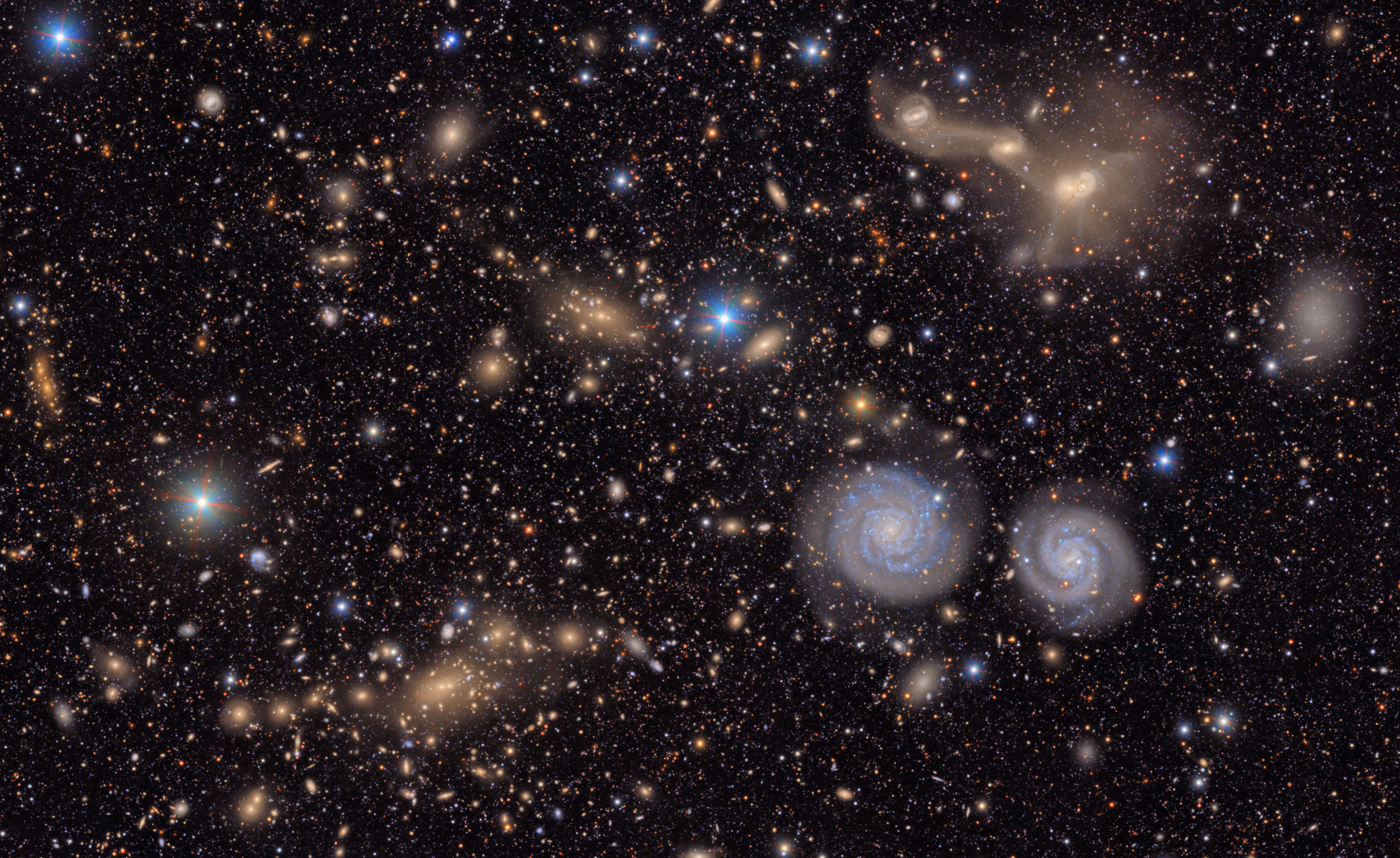
NSF-DOE VERA C. RUBIN OBSERVATORY
The rich detail in these images is already proving to be illuminating. “As galaxies merge and interact, the galaxies are pulling stars away from each other,” says Conselice. This behavior can be seen in plumes of diffuse light erupting from several galaxies, creating halos around them or illuminated bridges between them—records of these ancient galaxies’ pasts.
Images like these are also likely to contain several supernovas, the explosive final moments of sizable stars. Not only do supernovas seed the cosmos with all the heavy elements that planets—and life—rely on, but they can also hint at how the universe has expanded over time.
Anais Möller, an astrophysicist at the Swinburne University of Technology in Melbourne, Australia, is a supernova hunter. “I search for exploding stars in very far away galaxies,” she says. Older sky surveys have found plenty, but they can lack context: You can see the explosion, but not what galaxy it’s from. Thanks to Rubin’s resolution—amply demonstrated by the Virgo Cluster set of images—astronomers can now “find where those exploding stars live,” says Möller.
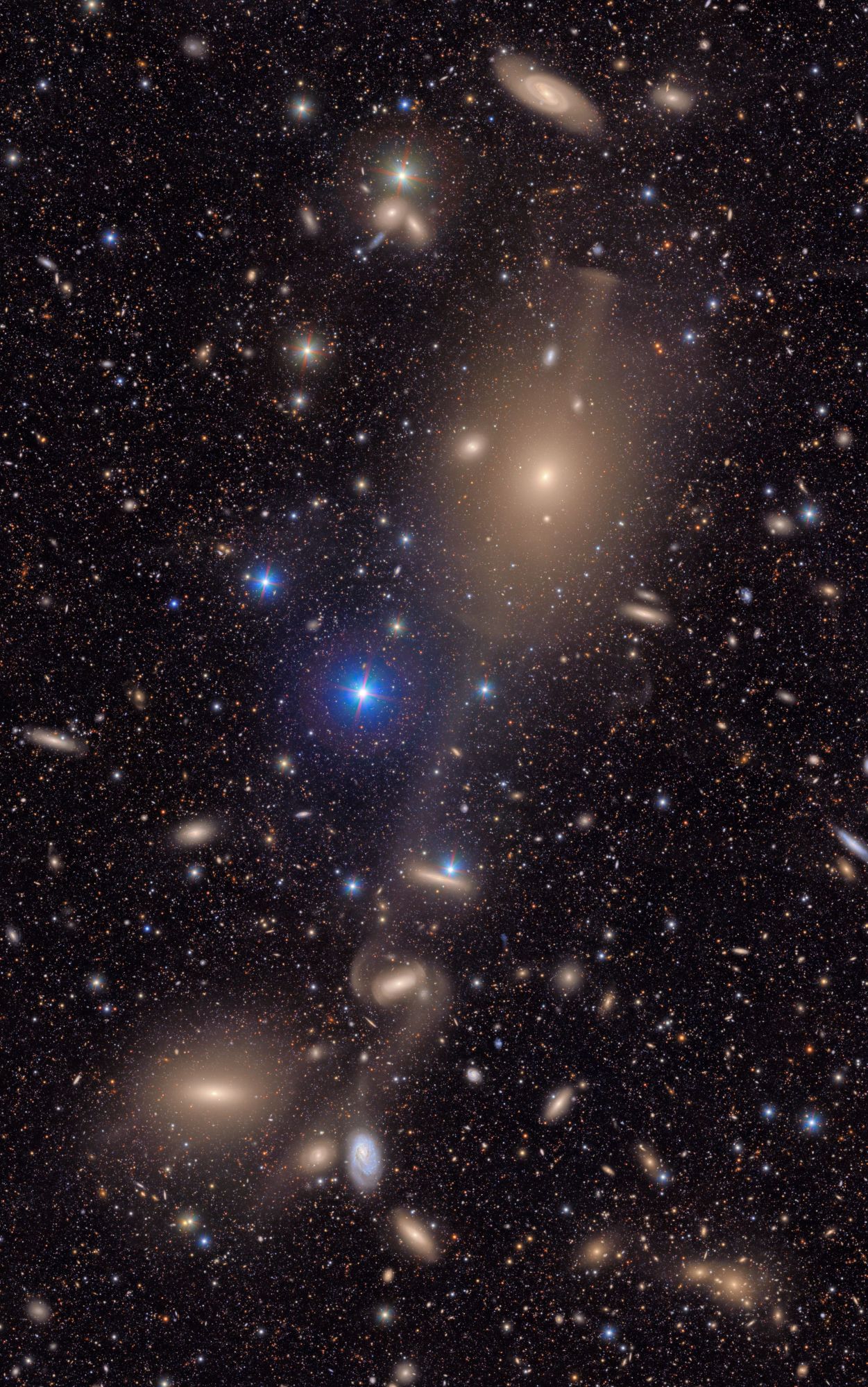
NSF-DOE VERA C. RUBIN OBSERVATORY
While taking these images of the distant universe, Rubin also discovered 2,104 asteroids flitting about in our own solar system—including seven whose orbits hew close to Earth’s own. This number may sound impressive, but it’s just par for the course for Rubin. In just a few months, it will find over a million new asteroids—doubling the current known tally. And over the course of its decadal survey, Rubin is projected to identify 89,000 near-Earth asteroids, 3.7 million asteroids in the belt between Mars and Jupiter, and 32,000 icy objects beyond Neptune.

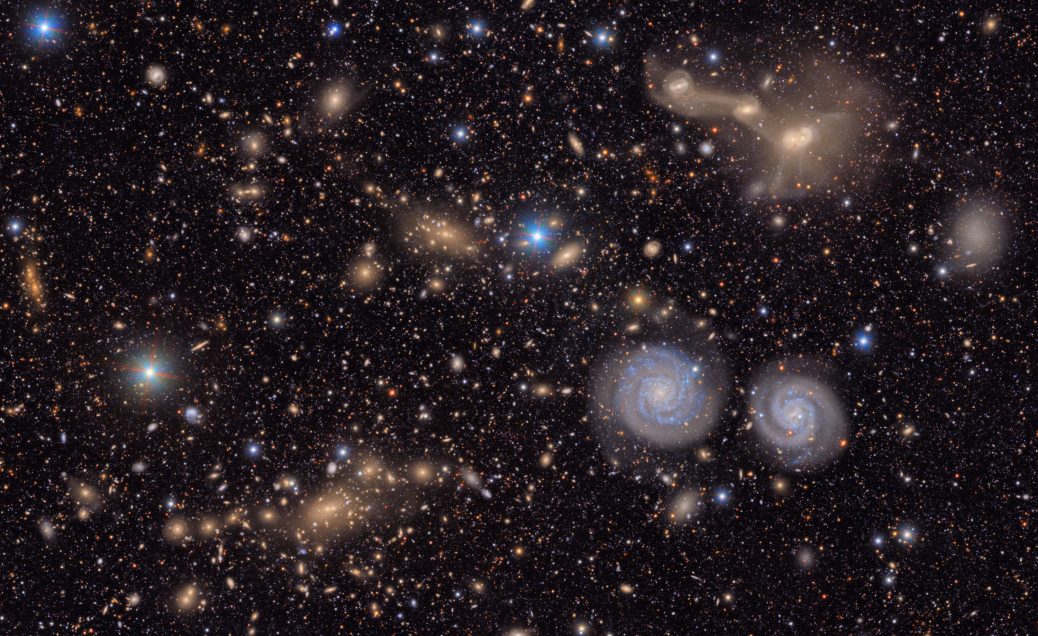

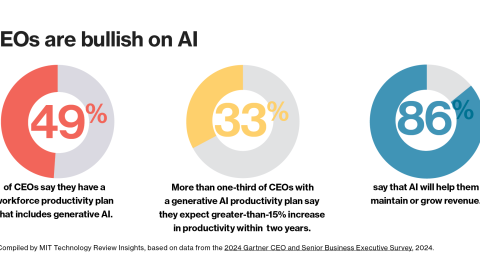
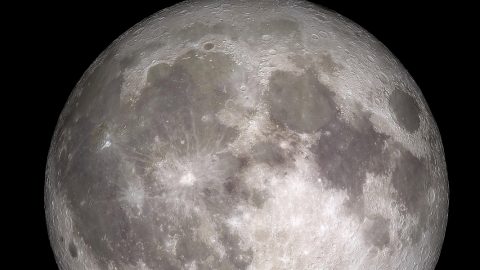
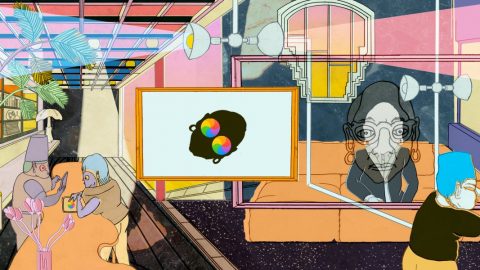
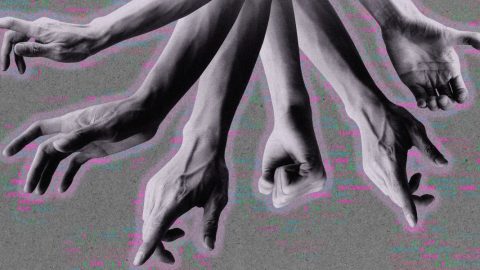
Recent Comments